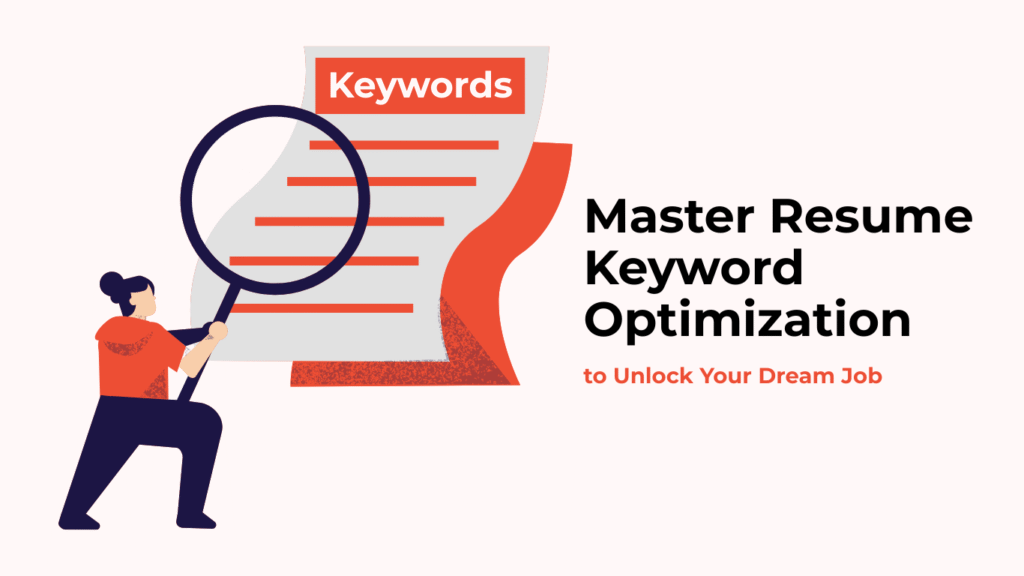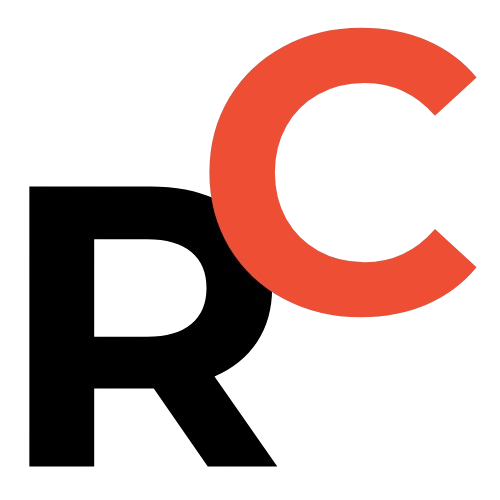Master Resume Keyword Optimization to Unlock Your Dream Job: Proven Resume Optimization Strategies
In today’s highly competitive job market, standing out requires more than a polished resume—it demands strategic resume keyword optimization. With hundreds of applicants vying for the same roles, knowing how to optimize your resume with the right job-specific resume keywords is essential. Think of your dream job just a click away—what stands between you and that opportunity is how well your resume aligns with Applicant Tracking System (ATS) criteria and recruiter expectations. This comprehensive guide covers the most effective resume optimization techniques to help your application rise to the top. Whether you’re a recent graduate or a seasoned professional, mastering keyword integration, formatting for ATS, and customizing your resume for each job application can dramatically improve your chances of getting noticed. What Is an Applicant Tracking System (ATS) and Why It Matters Applicant Tracking Systems are software tools used by employers to streamline the hiring process. They scan resumes for relevant keywords, phrases, and qualifications before human recruiters even see them. If your resume doesn’t align with the job description, it might never make it past this digital gatekeeper. To pass through ATS filters, your resume must: Include relevant industry keywords Use clean and ATS-friendly formatting Match the job title, skills, and qualifications listed in the job post Understanding how ATS software works is the first step toward building an ATS-optimized resume. Why Keywords Are Critical in Resume Writing Resume keywords are the key terms recruiters and ATS look for. These typically include: Hard skills (e.g., “data analysis,” “SEO,” “JavaScript”) Soft skills (e.g., “team leadership,” “communication”) Job titles and industry terms Analyze job listings in your field and highlight recurring terms. These are your target keywords. Pro Tip: Use tools like Resume Captain, LinkedIn Job Descriptions, and Google Trends to uncover in-demand terms for your target roles. How to Find the Right Keywords for Your Industry To identify the most relevant keywords: Analyze multiple job descriptions for your desired role Visit platforms like Indeed, Glassdoor, and LinkedIn Use keyword research tools such as Ubersuggest Join industry-specific communities to stay updated on trending skills Building a master list of frequently used keywords gives you a strategic advantage in resume targeting Techniques for Using Keywords Naturally Avoid keyword stuffing. Instead, incorporate keywords: In work experience bullet points Example: “Led content strategy and SEO initiatives that increased website traffic by 40%.” In a dedicated Skills or Core Competencies section Throughout your summary statement or professional profile This natural integration ensures your resume is both ATS-compliant and readable by humans. Common Resume Keyword Optimization Mistakes to Avoid Avoid these pitfalls: Keyword stuffing: Makes resumes unreadable and flags spam filters Generic resumes: Always tailor your resume to the job description Ignoring formatting: Complex visuals may confuse ATS software Use a clean, standard format (.docx or .pdf) and stick to simple fonts and layouts. Boost Your Resume With Action Verbs and Skill-Based Language Use action verbs like: “Led,” “Developed,” “Analyzed,” “Implemented,” “Increased” Highlight skills within the context of your achievements: Example: “Implemented CRM strategies that improved client retention by 25%.” This makes your resume both compelling and keyword-rich. Tailor Your Resume for Every Job Application Customizing your resume for each job post shows effort and alignment. Here’s how: Mirror the language and tone used in the job description Prioritize keywords relevant to that specific role Reorder your experiences to emphasize job-specific accomplishments A tailored resume significantly improves your ATS score and interview chances. Top Tools for Resume Optimization Leverage these tools: Jobscan – Compare your resume to job postings for keyword alignment Zety, Canva, Resume.io – Use ATS-friendly templates and formatting tips Grammarly – Ensure clean, error-free writing LinkedIn’s Career Explorer – Discover trending skills and job paths These resources help ensure your resume is polished, professional, and SEO-optimized. Conclusion: Optimize Your Resume, Accelerate Your Career Mastering resume keyword optimization is no longer optional—it’s essential for career growth. By understanding how ATS works, using the right tools, and strategically placing keywords, you position yourself for success in a competitive market. Start optimizing today and transform your resume into a powerful tool that opens doors to your dream job.



